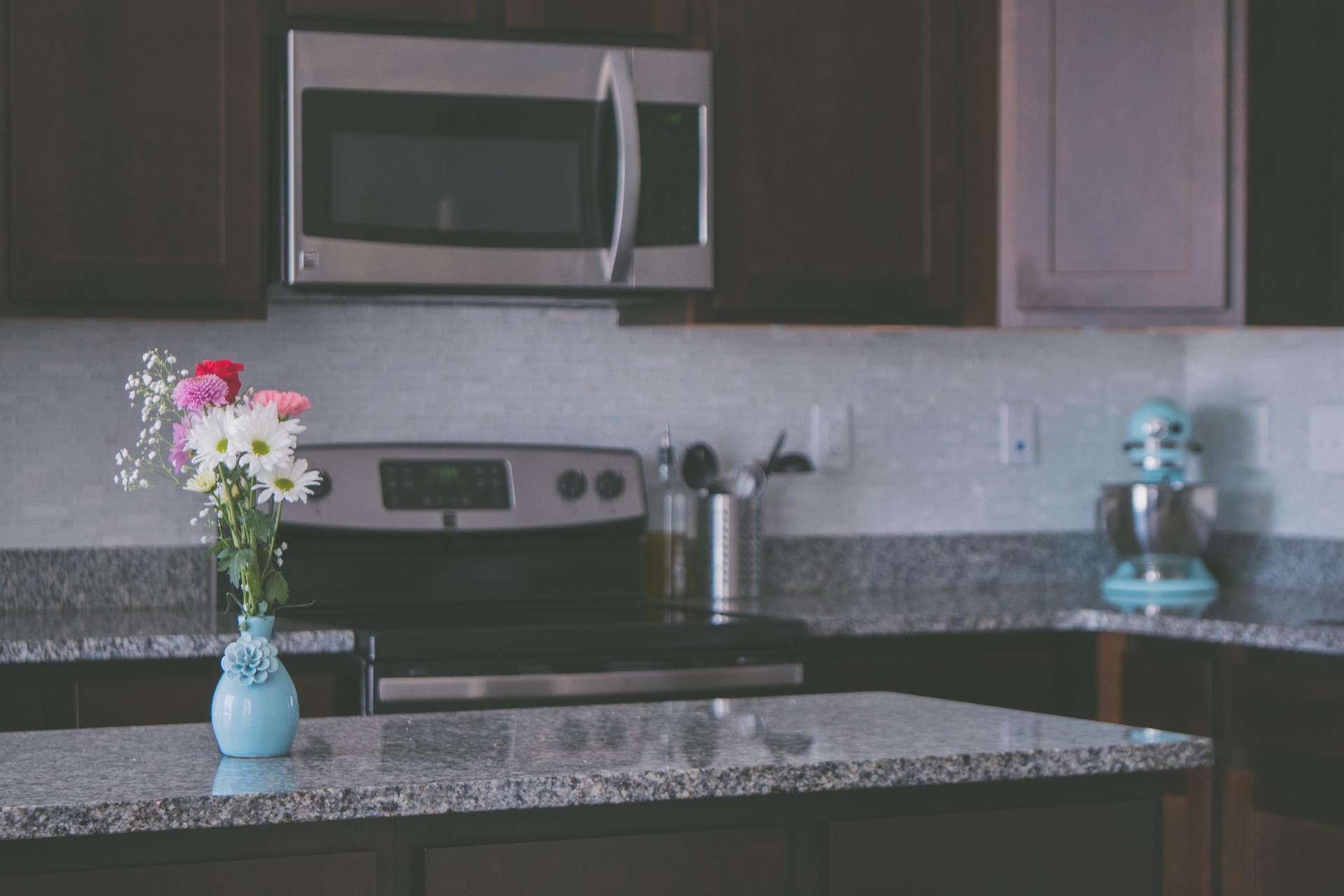Blog
Home Improvement Advice, Tips and Tricks
The best in home improvement advice, tips, tricks, and news. Improve Homes UK expert staff write helpful tips for your on your DIY projects if you're doing it for pleasure or just to increase the value of your home. This is the perfect place to give you top ideas for your home improvement project especially if you are doing some tiling.
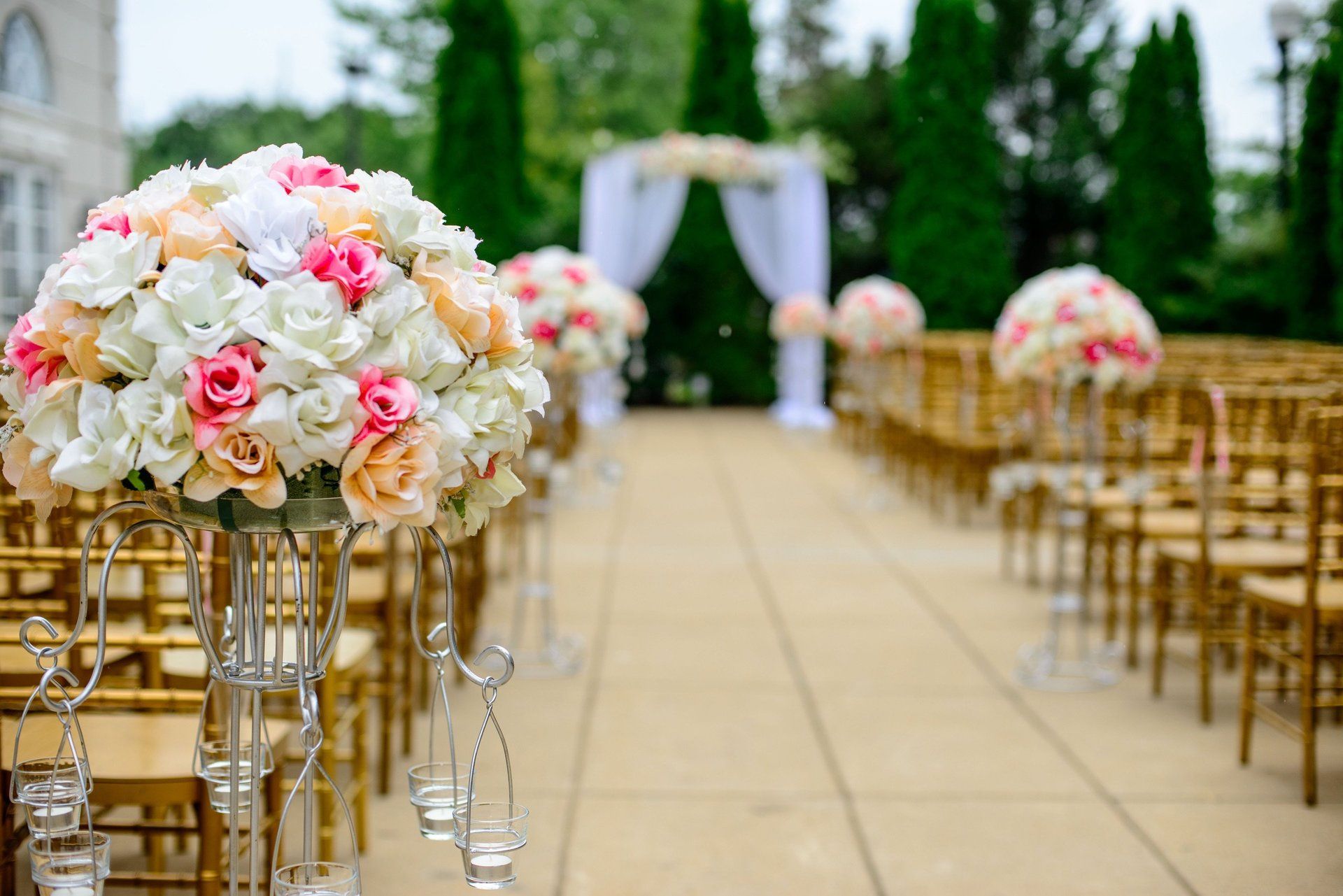
27 Mar, 2020
One of the most common ways to make a small space appear larger is clever use of flooring. That’s because different flooring from room to room makes for separate (and smaller) spaces visually. By using the same type of flooring throughout, you can make a space seem bigger. Additionally, carrying the same flooring pattern to the exterior of your home can create an even larger visual space. Of course, that means you'll need to choose a tile material that's feasible in both the interior and exterior of your home. Here are some of our top choices for indoor/outdoor tile, allowing you to find a stylish option that looks great indoors and stands up to the elements: Bluenorte is a good choice for the minimalists. It has the look of a smooth, natural stone, and is blue-grey in colour. Morvan is slip resistant and durable, making it a good choice for high traffic areas. It is cream-beige in colour with a natural rustic texture. Bluenorte Outdoor Slab Tiles are grey in colour with a riven texture. They come in several finishes and two sizes for your convenience. Dunsen tiles mimic the look of sand-based flagstone tiles. They also have a high slip rating, so they can be used in kitchen, bathrooms and anywhere with moisture. The natural matt texture and good looks give you great style and practicality. Nature porcelain tiles mimic slate tiles and are slip resistant. They also don't require sealing. Lounge Matt tiles are available in black and ivory, but they aren't as slip resistant as other choices. However, they’re still a great outdoor choice. Country Honey tiles mimic the look of wood without the extensive maintenance required. While it's frost resistant, its resistance to slips hasn't really been tested extensively, so proceed with caution. If you’re interested in learning more about these tiles or any other in our inventory, give us a call today! We’d love to help you pick out the perfect tile for your indoor/outdoor space.
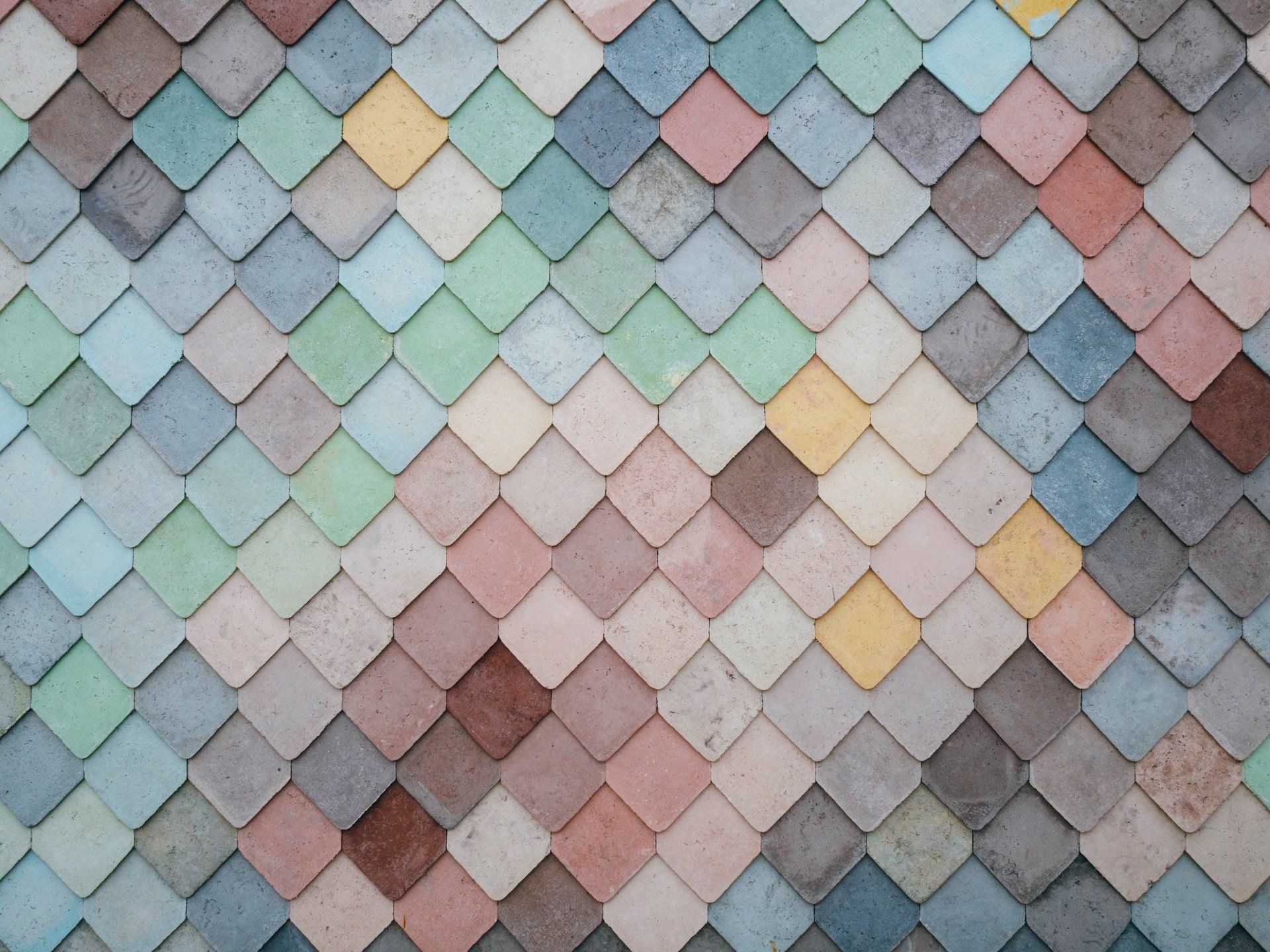
27 Mar, 2020
Some of our customers may be unfamiliar with terms used in the tile industry. We’re here to help. We’ve organised the different types of tile into a simple, easy-to-understand guide so you can make the most educated decision. What is ceramic tile? This type of tile is made of clay and sand, which are turned into a fine powder. Water is added before everything is compressed into a mould. The moulds are then dried, primed, painted, glazed and fired in a kiln at about 1,000 degrees Celsius. What is porcelain tile? Porcelain is similar to ceramic, but the clay used in construction is much denser than that used in ceramic. Additionally, feldspar is added, and it is baked at about 1,400 degrees Celsius, making it harder than ceramic. What is granite tile? The hardest material commonly used for tiles, granite is formed when melted magma crystallises. With a polished finish, these crystals can then shine and sparkle. What is limestone tile? Limestone is a sedimentary rock formed when organic matter consolidates. Since each piece is different, each has a unique colour. However, it is more prone to chipping than harder materials like porcelain and granite. What is sandstone tile? This is a sedimentary rock formed by compressed sand. The surface is hard but porous, so it will need sealing to protect it. However, large flag sandstone tiles are very popular when used outdoors. What is slate tile? Slate is known for its ability to be split into sheets. It is durable and available in many colours and textures. ‘Riven’ slate can give slate a natural, untouched look, while ‘honed’ and ‘brushed’ slate are designed to make for a smooth surface. But some of the darker honed slates can scratch. What is terracotta tile? Terracotta is composed of clay that’s moulded and then baked in a kiln. It can be made by hand for a more rustic look or factory-produced to achieve a more polished look. On the downside, terracotta chips fairly easily and must be sealed to prevent water damage, as the surface is porous. What is travertine tile? Made by hot mineral springs, travertine is known for the resulting pits in its surface. Both ‘filled’ and ‘unfilled’ finishes are available. Filled travertine uses resin of the same colour to fill the pits, whereas unfilled travertine uses grout for this purpose. Periodically, the filling will have to be replaced in some spots. What is glazed porcelain? Glazed porcelain has a layer of glassware on top of a porcelain base for added hardness. It is also known as semi-vitrified tile. What is full bodied porcelain? Otherwise called fully vitrified tile, full bodied porcelain is constructed using a lone layer of porcelain. The pigmentation is therefore the same throughout. What does vitrified mean? Fully vitrified tile has a moisture absorption rate of less than 0.5%. What is encaustic tile? Encaustic tile is made of clay and has a pattern engrained in its surface. While encaustic tiles used to have the patterns painted on by hand, modern methods involve a mould of the inlay and tile baked together with coloured clay used to fill around it. What is frosted glass tile? Frosted glass tile is made using regular glass that's sandblasted or acid etched to give it the ‘frosted’ appearance. What is antique tile finish? Antique tile finish mimics the look of an older tile whose original finish has worn down due to traffic. Antique tile is ground down to accomplish this. What is brushed tile finish? This is mostly used in slate tile, as it smooths the rigid edges without ruining the overall look of the slate. What is crackle glaze finish? A crackle glaze finish uses deliberate cracks to give an aged look. Nowadays, the glaze is made to shrink during the drying process, but it used to be fired then placed in freezing temperatures so it would expand then contract quickly, causing cracking. What's the difference between ‘honed’ and ‘filled & honed’? Honed tile has all the surface irregularities removed in the manufacturing process. Filling is mostly used in natural stone tile that has pitting in the surface for added strength. The honing process is then done once it is filled for smoothness. What is iridescent tile? This is tile that appears to have a different colour when looked from a different angle. What is polished finish tile? Polished finish tile is typically a porcelain or natural stone tile that is machine polished to give it a bright shine. It’s different from high glazed tile, which has a coating layered onto it. What is matt finish tile? Matt finish tile is a tile that has a very dull, non-reflective surface. What is satin finish tile? Satin finish has a slight shine, especially when viewed from a certain angle. What is semi polished finish tile? Also called ‘lappato’, semi polished finish tile is slightly textured when first made. An abrasive diamond wheel is then used to polish about half the surface, leaving the other half still textured. What is split face tile? Split face tile is larger tile constructed by gluing pieces of natural stone together. Although it doesn't require grouting, it also should only be used in dry areas. What is ‘tumbled tile’? Tumbled tile is made when natural stone tile is placed in a drum with water, sand and rocks and spun. The other materials smooth the tile, making the edges more rounded. What is twin charged porcelain tile? Twin charged porcelain tile is made using a press to create a thicker tile of two different colours. This type will last a long time and is perfect for high traffic areas. What is bevelled edge tile? A bevelled edge tile slopes down toward the edge. It creates a surface that reflects light and is more defined. What is bullnose edge tile? Also called round edge tile, bullnose edge tile has a single or double round edge shaped like the letter 'L’. It can be used on steps and windowsills without separate trim. What is rustic edge tile? Rustic edge tile has a purposely inconsistent surface that gives the tile a handmade look. What is inkjet tile printing? Inkjet tile printing works much like a computer printer. The ink is shot as the tile is passed through a belt. Before this, rollers were used to place the pattern onto a tile. What does ‘shade variation’ mean? A tile or set of tiles exhibits shade variation when the colour and/or texture vary from one tile to the next. In some cases, this is done on purpose, such as when trying to mimic the look of another material. What does ‘tile density’ mean? Tile density is the main factor when determining whether the tile should be used on the wall or floor. Tile of a higher density is fired at a higher temperature, so it can withstand heavy traffic and is best used for flooring. What is meant by water absorption in tiles? Water absorption is the amount of moisture it can take in. Porcelain tile absorbs less than 0.5% of water and some types of ceramic tile can take in 10% and even higher. This must be kept in mind when deciding placement of the tile. What is a wet area/wet room? A wet area/wet room is a shower area that diverts all the water into a drain that’s built right into the floor. What’s a tile biscuit? A tile biscuit is the base structure of glazed tile, typically clay or porcelain. What is meant by listel/listello? A listel or listello is a border or strip meant to separate two patterns or materials, as well as to enhance the look of wall tiles. What is a grout joint? A grout joint is an area of grout in between tiles. It is not recommended for tiles to be butted together. Therefore, grout is used to prevent moisture infiltration and to limit vibration and expansion/contraction from changing temperatures. It is available in many colours just like tile is.

27 Mar, 2020
When reading articles or discussing tile, it’s common to see porcelain tiles and ceramic tiles discussed in the same space. However, these aren’t different words for the same type of tile. Porcelain is a type of ceramic tile, but it comes with its own distinct advantages and character. Essentially, porcelain is a more durable version of ceramic. While both are made from clay, porcelain absorbs less water. This is not to say that ceramic absorbs a lot of water; it doesn’t. But the conditions that porcelain must be made under in order to be called porcelain make it nearly 100% non-porous. Furthermore, because porcelain is baked at both low and high temperatures, nearly all water is removed. This makes it more versatile than ceramic; it can even be used outside! The added durability and strength make porcelain a great choice for kitchen and bathroom flooring, whereas ceramic tile may be better used on walls and splashbacks. Porcelain also has many advantages over other types of tiles, including stone and wood. It absorbs virtually no water, and it’s resistant to both frost and the sun's rays. It requires no maintenance or sealing, and underfloor heating can combat cold surfaces during the winter months. Simply put, porcelain tiles can give your kitchen or bathroom a beautiful look that will last a long time and while requiring almost no upkeep! What’s not to like about all of that?
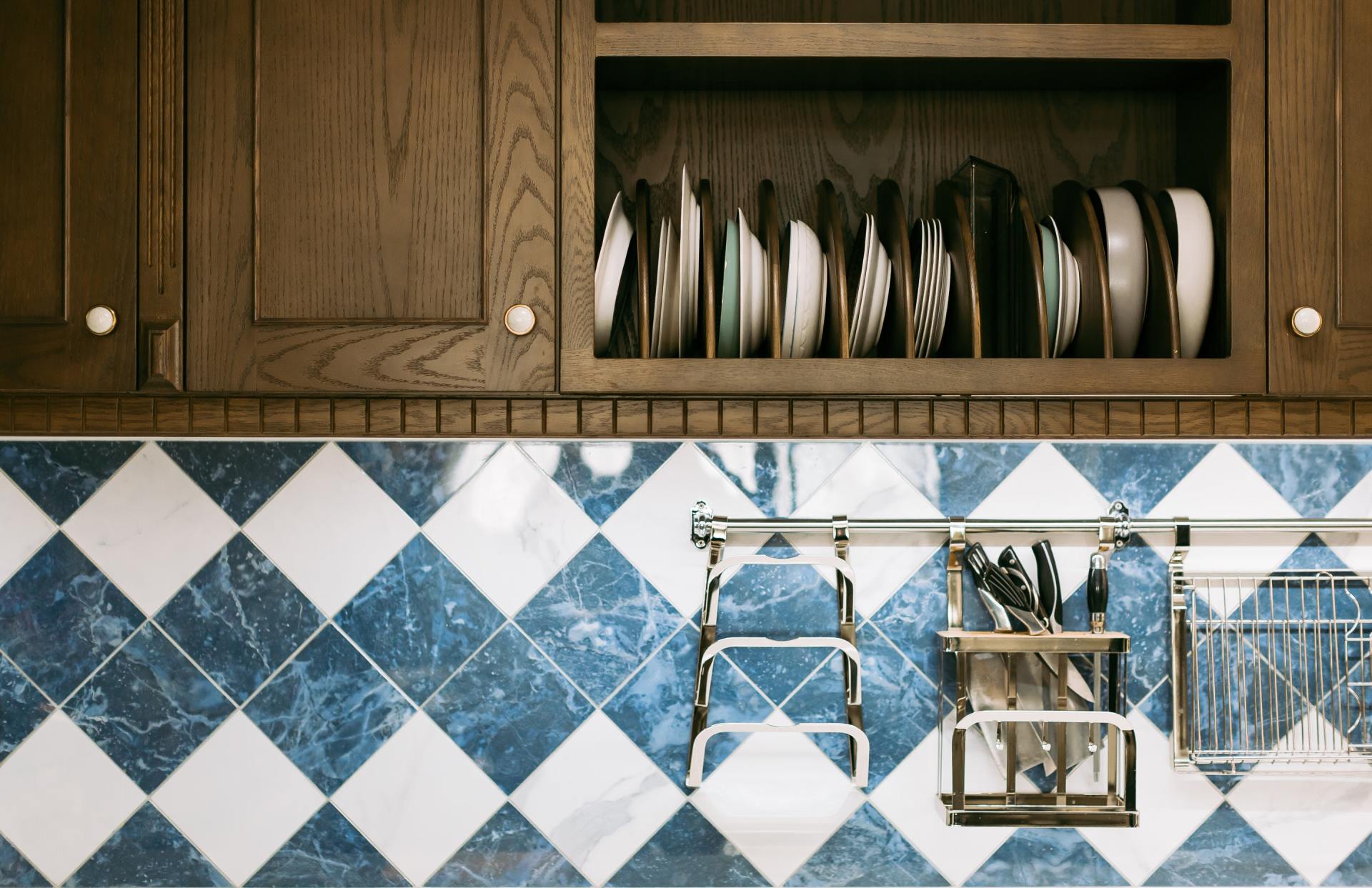
27 Mar, 2020
While tiles are durable and easy to clean, they can do a lot more for your kitchen when it comes to both functionality and style. A patterned wall tile can really make a statement and give your kitchen some personality. If your kitchen has a large wall, metro tiles or brick-shaped tiles can give it a throwback look. Glass or matt tiles can give it a contemporary look. However, the right grout is important not only for durability but also when it comes to making your tile stand out or blend in with the rest of the kitchen. If you’re feeling adventurous, encaustic tiles, with their flashy colours and Moorish designs, have become very popular. Furthermore, they can work with both modern and classic decors. Stone tile can give your kitchen both style and uniqueness. For instance, consider a slate tile. This is an excellent choice for kitchen walls and splashbacks due to its smooth texture. It's available in many shades and can mimic the look of exposed brick. You can also choose not to add grout to make it stand out even more. Porcelain tiles have been used in kitchens for years due to their strength and durability. They’re a great option for splashbacks and kitchen wall features. Plus, they can also mimic the appearance of other, more expensive tile like marble – giving you a high-end look on a thrifty budget. Whether you’re picking out tile for a splashback, feature wall or any other kitchen well, our team would be thrilled to be of assistance. Call us today to learn more and search through our inventory!
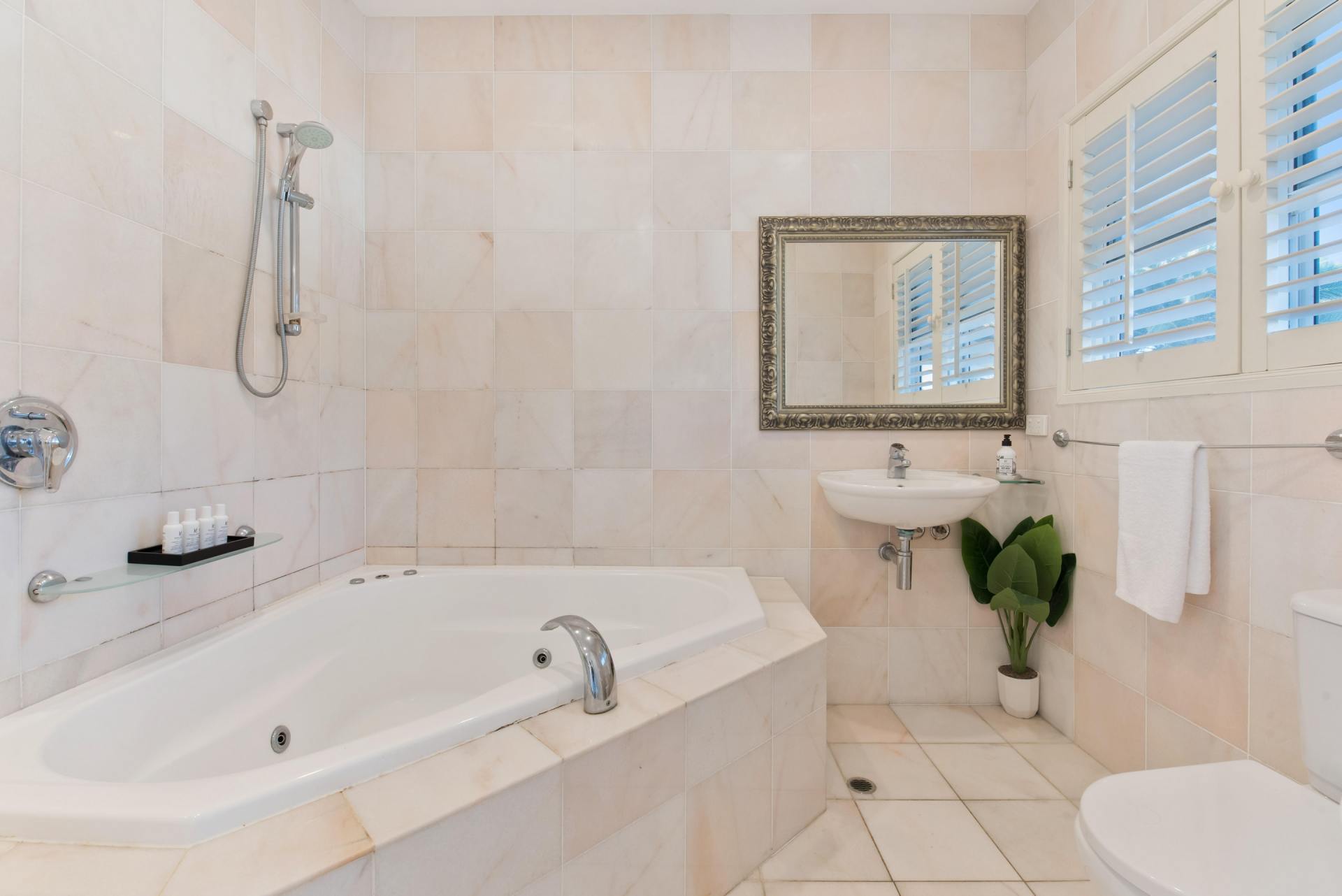
27 Mar, 2020
Tiles can do a lot for a bathroom. Whether your ultimate choice is natural stone, ceramic, porcelain, or glass, this guide will help you choose the right material for your style and functionality preferences. Natural Stone vs. Man-made Products Natural stone tiles can give your bathroom a beautiful look, but they require periodic resealing and extra care to keep them looking their best. If you’re remodelling your bathroom on a budget, man-made tiles can be a good option, as they do not require the upkeep of natural stone tiles. Marble Marble tiles come in a range of beautiful colours and patterns to make your bathroom stand out. While marble can be used on both the floor and walls, polished marble should not be used on the floor, as it can cause slips and falls. Marble must also be sealed correctly, and spills should be wiped up right away. Travertine Travertine can give your bathroom a warm look. However, if you decide on travertine, be sure it’s filled travertine. This will prevent water from infiltrating the tiles, causing damage. Travertine must also be sealed for protection. Limestone Limestone offers a timeless look. It’s available in both light and dark finishes, but it requires sealing too. In addition, limestone is softer than other types of natural stone, so it scratches more easily. Therefore, it may be not the best choice for the bathroom. Slate Slate is a good choice if you prefer darker tones. While it also requires sealing, it’s resistant to slips, so it’s an excellent choice for the bathroom floor. Ceramic & Porcelain When it comes to man-made tiles, ceramic is affordable and simple to care for. However, before purchasing, make sure the ceramic tiles you've chosen are suitable for the bathroom floor, as some types aren’t as hard wearing as others. Porcelain is denser than ceramic and easy to take care of, making it a great choice for the bathroom. Gloss vs. Matt Gloss tiles give your bathroom a reflective surface, which can help a smaller bathroom appear larger. Gloss tiles are easy to wipe down, but smear easily too. Finally, matt tiles can look like many other materials, including cement, stone and wood. The big advantage of matt tiles is they do not show watermarks as much as other surfaces do. Let Us Help You Decide! Before you make any decisions about your bathroom tile, be sure to come to us. We’d be happy to tell you more about our inventory and help you pick out the right tile for your needs! Get more home improvement advice .

27 Mar, 2020
When it comes to your bathroom tile, you have a lot of choices to make. First you must select the material, then the colour, then the size and shape of the tiles. Plus, you need to consider the cost and how the tile will fit into the rest of our bathroom. It’s a lot to keep in mind! Luckily, we’ve put together this easy-to-use guide to help guide your decision-making. Check it out and be sure to give us a call if you have any questions. Material Some tile materials are more suited to the bathroom than others. But most have their pros and cons. For example, while natural stone tile can bring a great look to your bathroom, it's going to be colder to walk barefoot on during the winter months. If you prefer the look of stone, you might want to consider area rugs also to lessen that effect or even radiant floor heating. Porcelain tile is affordable, durable, versatile and elegant. It can give your bathroom a beautiful look for years. Colour Be sure to choose the right colours as well, since colour sets the mood in your bathroom. If you have a large family sharing the shower, blue and grey can help to make for a simple look that’s most practical. But if you’re looking to create a relaxing oasis in your bathroom, orange, red and purple can contribute to that feeling. Finally, if you like to change the colours of your bathroom often, white tiles should be used on the panelling and shower, as white goes with every other colour. Size & Shape Size is also a factor. Smaller bathrooms could use larger tiles to create an illusion of space. Fewer grout lines will help to achieve this as well. Square tiles have always been the most popular, but the right rectangular tiles can work in the right bathroom too. Hexagonal and mosaic tiles are available for those who really want a different look for the bathroom. Cohesiveness & Price Keep the cabinets, blinds and other accessories in mind when choosing tile so everything goes together well, and so that you can set an accurate budget. But keep in mind that less expensive tiles don't have to be of lesser quality. We at Improve Homes LTD can help you find the bargains out there!
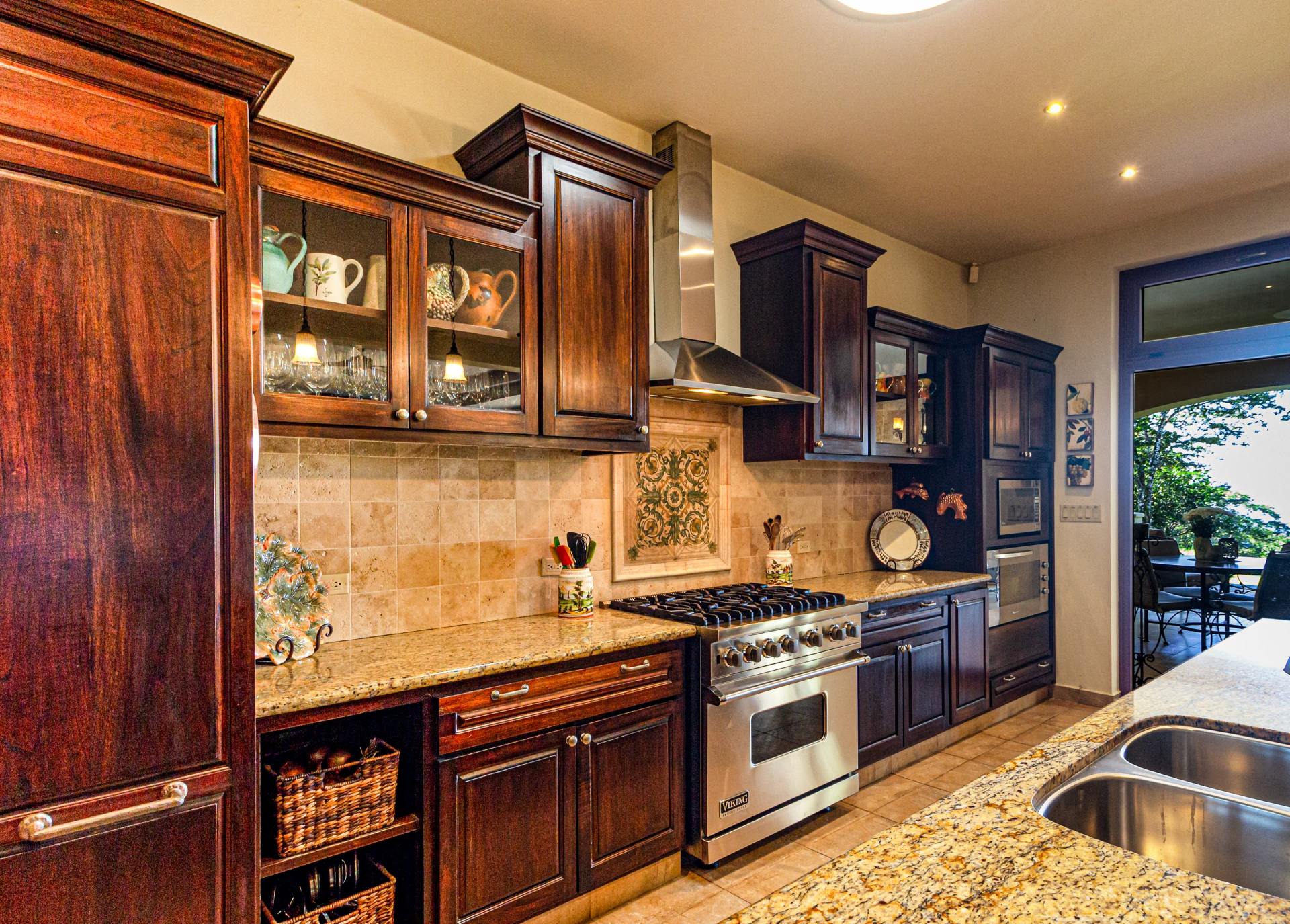
27 Mar, 2020
Porcelain While it’s very similar to ceramic, porcelain tile is made using crystal-like minerals that give it extra durability. That’s why porcelain tile is very popular for high-traffic areas of the home, such as the kitchen! Pros: Resistant to moisture Durable Naturally resistant to staining Resistant to frost Does not require much maintenance Will not burn under normal conditions Typically lasts for decades Tiles with a matt finish and anti-slip tiles can prevent falls Cons: On the heavier side Can carry a high price tag Installation can be tedious, which can add to the price tag Does not keep heat in very well Ceramic Even though we just told you that porcelain is slightly more durable than ceramic, there are plenty of good reasons to choose ceramic tile instead. It’s less expensive than porcelain and easier to cut, which makes installation easier. Some people say it’s easier to stick too. Pros: Available in many colours, shapes and patterns Low maintenance Lightweight, so it can work on walls & ceilings Surface doesn’t attract dirt, dust, or pollen Easy to shape & install Cons: Not as dense as porcelain Not frost-resistant like porcelain Size & colour can vary within a batch Not as durable as porcelain Does not hold heat well Chips & cracks can expose the inner layer High-glaze ceramic is a slip hazard Slightly porous, so it would need sealing if used in an area that gets wet Depending on thickness, stains can eventually infiltrate Glass If you want a type of tile that will turn heads, glass is your choice. It can give the kitchen a more open feel and has reflective properties. Pros: Visual properties Resistant to moisture Resistant to staining Reflective Mould & mildew resistant Fairly easy to clean & maintain Uses about half the energy to make when compared with ceramic tile Cons: Should not be placed in areas where it can be easily damaged Shatters & chips easily Expensive Installation requires much skill Not resistant to frost Is a slip hazard Stone Since stone is natural, each type has its own unique texture. It comes in many colours and finishes and can give a luxurious look to your kitchen. Pros: Brings a unique look Can last a very long time Good for the kitchen since it’s naturally cool Conducts heat very well Creates a seamless transition between your home's interior & exterior Does not attract dust, dirt, or pollen Low maintenance & easy to clean Chips will hardly be noticeable Resistant to even heavy impacts, making it perfect for the kitchen Cons: Expensive Much heavier than porcelain Installation requires a high level of skill Can be slippery when wet Gets cold during the winter months A variety of grades are out there, some of which aren't of very good quality

27 Mar, 2020
While there have never been more options of kitchen tile, there are also some tried and true methods when it comes to design. We’ve rounded up some of the best design tips to help you decide how to decorate your kitchen in style! Choose your colour wisely. While kitchen tiles are available in just about every colour of the rainbow, neutrals are often the way to go. Many people still look to black or white for simplicity in the kitchen. However, if you’re feeling a bit more adventurous, look into smartly coloured metro tiles to give your space a metropolitan look. Remember that the grout is integral to the design. The grout in between the tiles can bring as much to the kitchen’s look as the tiles themselves. Many shades are available to complement or contrast with your choice of tile colour. For example, putting a dark grey or black grout between white metro tiles can make them stand out without taking them over. If you’ve decided on a coloured metro tile, using a grout of the same colour gives the kitchen a clean look. Don’t be afraid to go bold. If the metro look isn’t for you, you have a number of other options available, such as encaustic cement. Most styles are derived from Moorish patterns often common to southern Europe and northern Africa. But there are others that bring back memories of Victorian hallways for some people. And if you’re the type to really make your kitchen noticeable, Bert & May and Otto make tiles with stripes and geometric shapes in modern colours! Ask the experts for help. If you’re feeling overwhelmed by your tile choices, let us help you. Call today to learn more about our selection and ask our experts for design assistance!
Contact Us
01934 442 244
Unit 3, Knightcott Industrial Estate, Banwell, North Somerset, ENG BS29 6JN GB
Powered by LocaliQ

